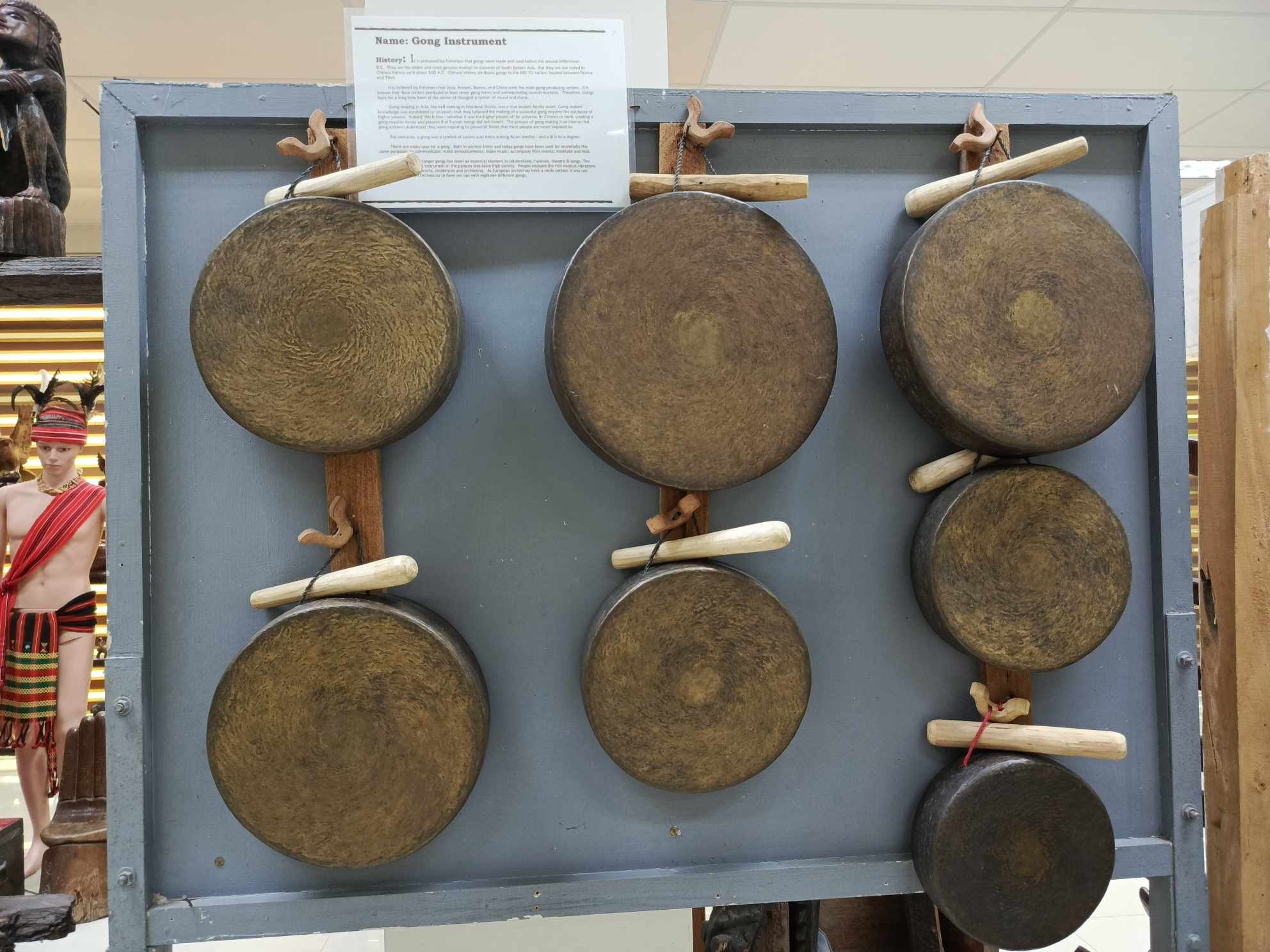Description
It is presumed by historians that gongs were made and used before the second millennium B.C. They are the oldest and most genuine musical instruments of Southeastern Asia. But they are not noted in Chinese history until about 500 A.D. Chinese history attributes gongs to the HSI YU nation, located between Burma and Tibet. It is believed by historians that Java, Annam, Burma, and China were the main gong-producing centers. It is known that these centers produced at least seven gong forms and corresponding sound structures. Therefore, gongs have for a long time been at the center of a thoughtful system of sound and music. Gong making in Asia, like bell-making in Medieval Russia, was a true ancient family secret. Gong makers knowledge was considered so set-apart that they believed the making of a successful gong requires the assistance of higher powers. Indeed, this is true�whether it was the higher power of the universe, its Creator, or both. Creating a gong requires forces and powers that human beings did not invent. The process of gong making is so intense that gong artisans understood they were exposing themselves to powerful forces that most people are never exposed to. For centuries, a gong was a symbol of success and status among Asian families�and still is to a degree. There are many uses for a gong. Both in ancient times and today, gongs have been used for essentially the same purposes: to communicate, make announcements, make music, accompany life events, meditate, and heal. For centuries or longer, gongs have been an essential element in celebrations, funerals, theatre, and songs. The gong was an orchestral instrument in the palaces and Asian high society. People enjoyed the rich musical vibrations of gongs in private concerts, residences, and orchestras. As European orchestras have a violin section, it was not uncommon for Asian orchestras to have set-ups with eighteen different gongs.
